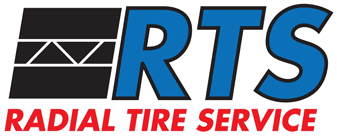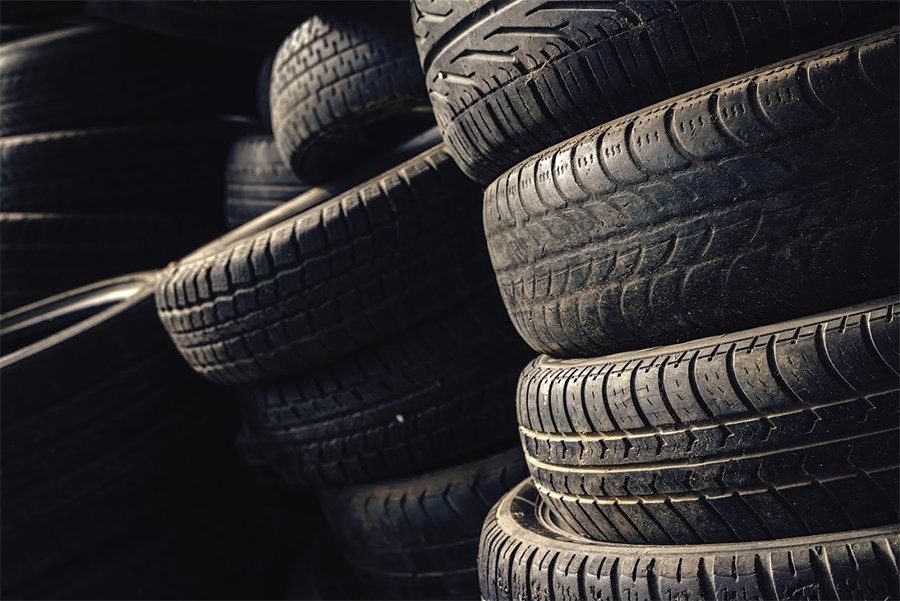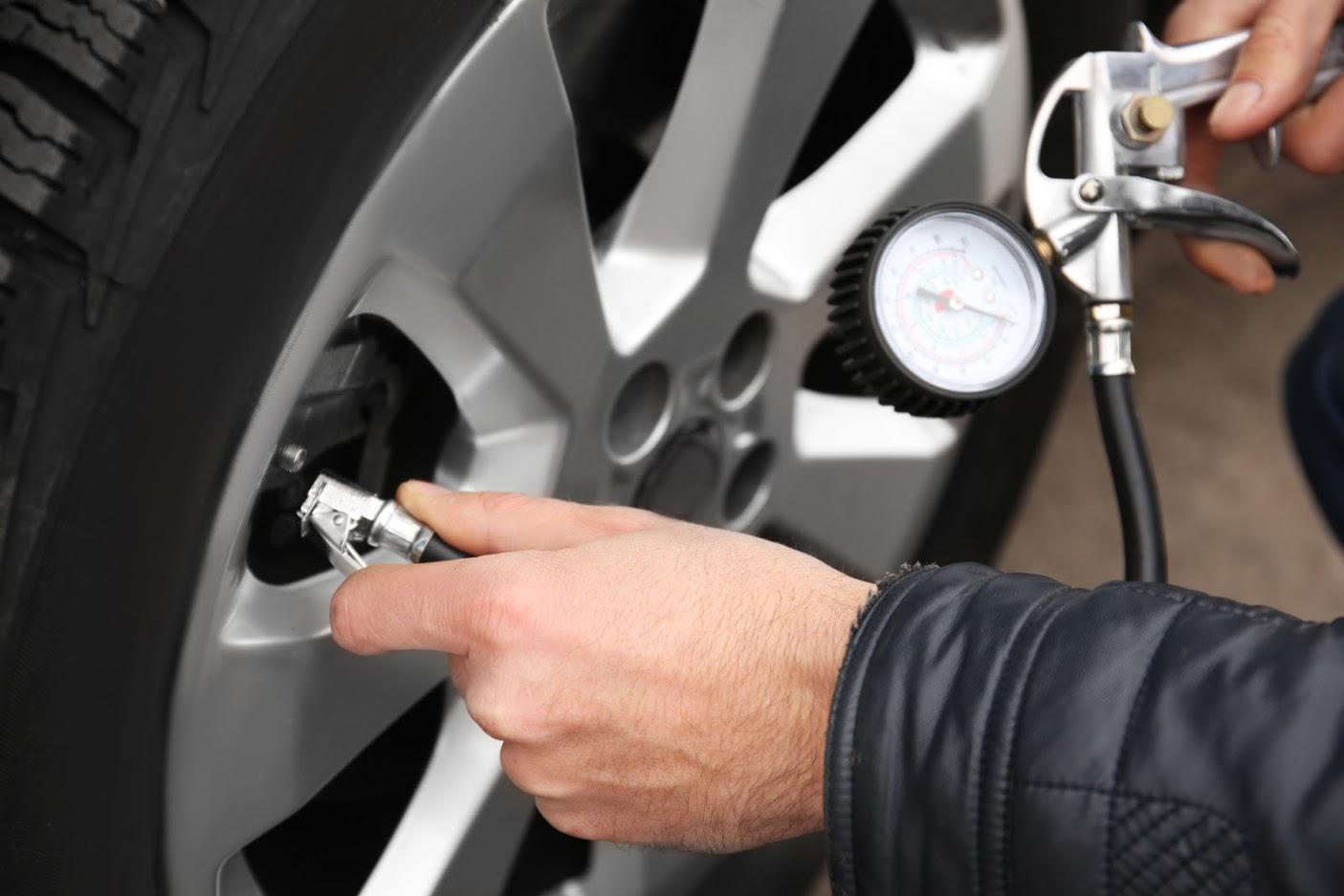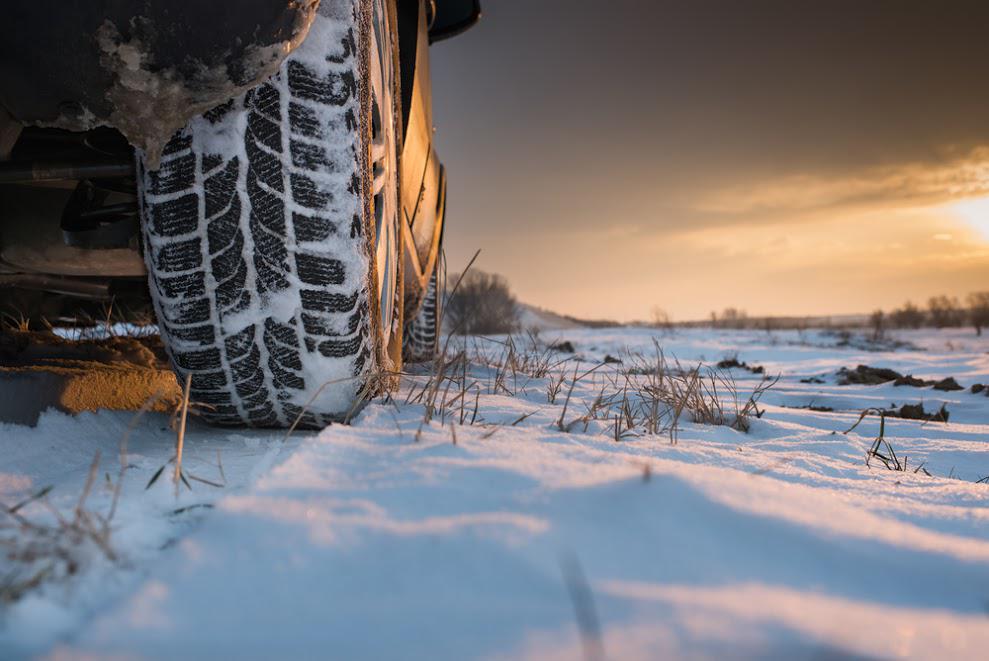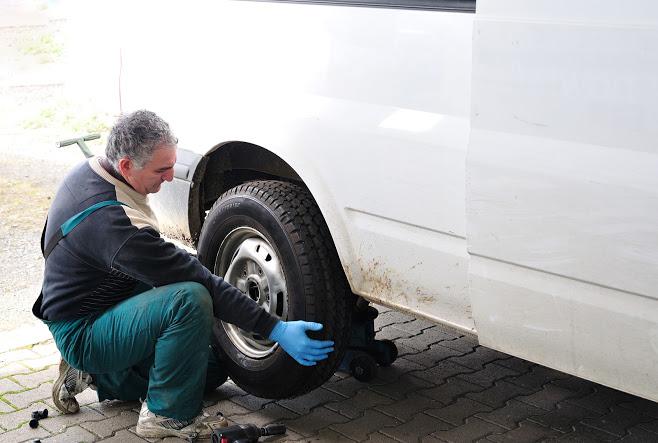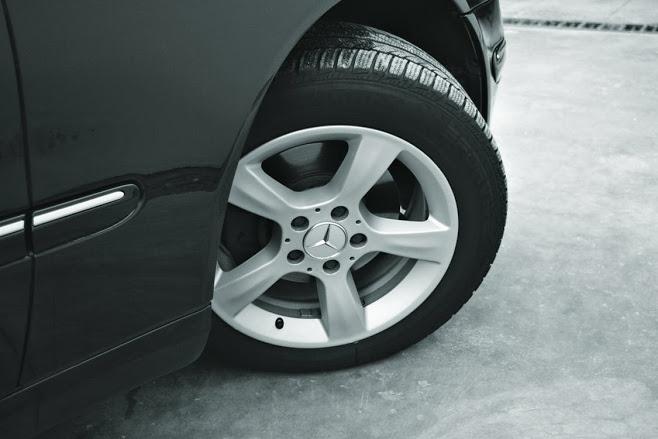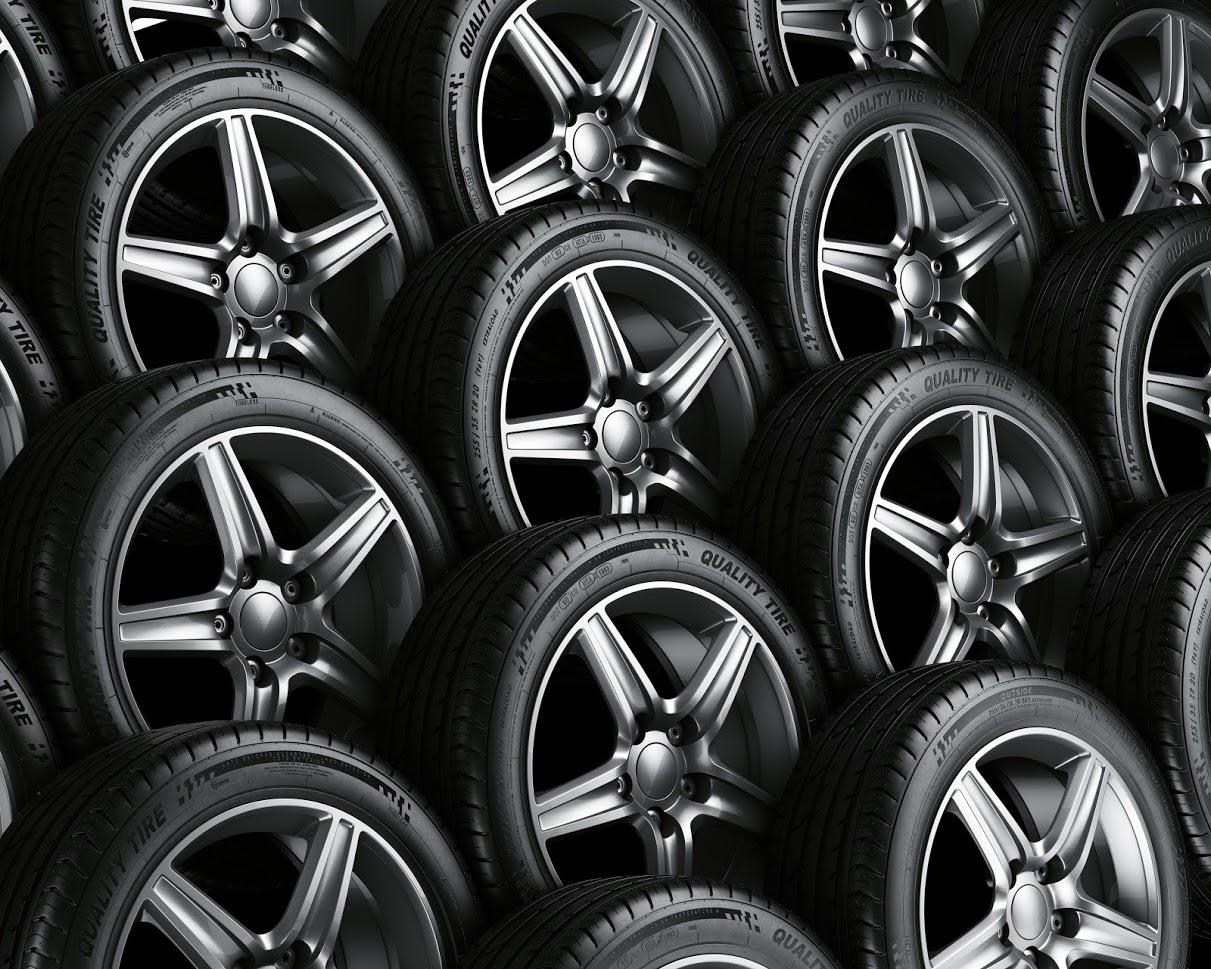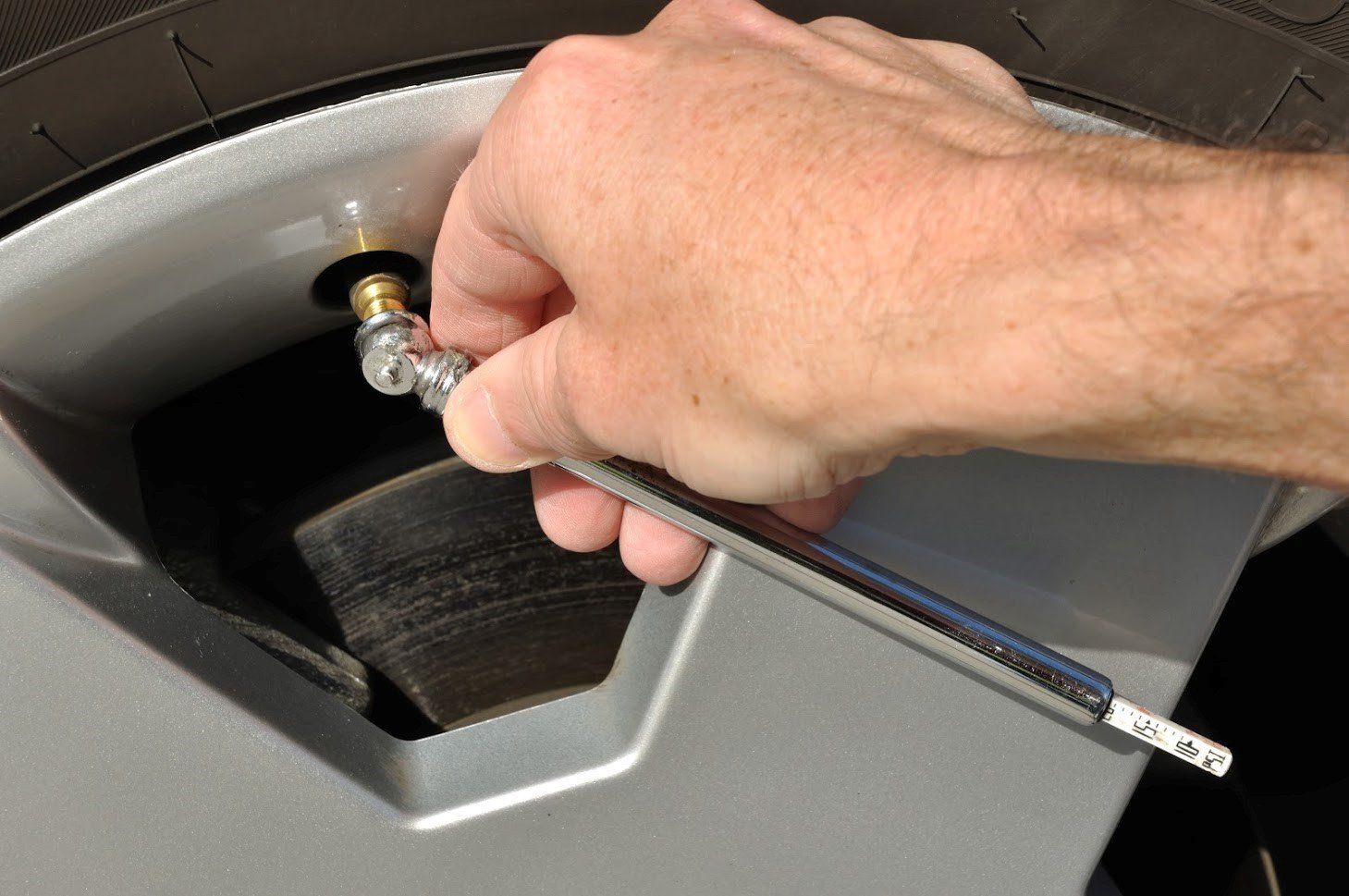3 Things to Know About Automotive CV Joints
- By Admin
- •
- 19 Feb, 2019
- •
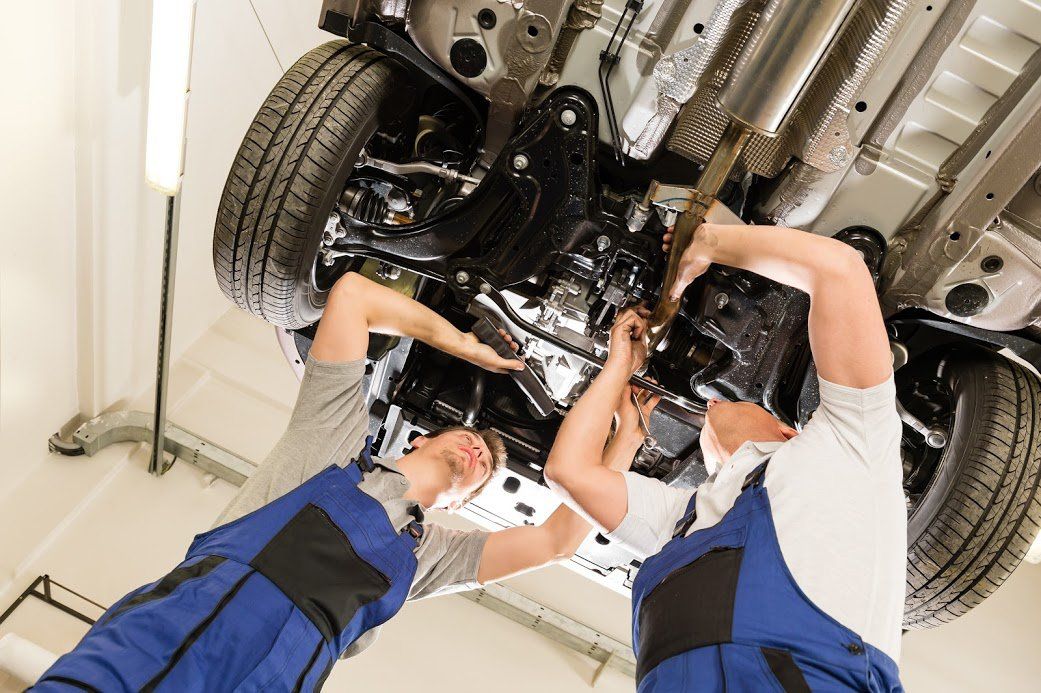
A modern automobile contains a staggering number of components, every one of which plays a key role in maintaining optimal performance. Unfortunately, unless you happen to be a certified car mechanic, many of your car's parts likely remain a mystery to you. One especially little-known component goes by the name of the constant velocity joints, or CV joints for short.
Your car's CV joints play a vital role in transmitting force from your transmission to your wheels. The more you know about how this component works, the better you can identify any potential problems. This article provides an excellent introduction to CV joints, outlining three key pieces of information regarding this key automotive component.
1. CV Joints Deliver Torque to Your Wheels
CV joints form a vital link between your transmission and your wheels. All front-wheel vehicles contain four CV joints, one at either end of each of the driveshafts running from your transmission to your wheels. Four-wheel drive vehicles also commonly contain CV joints which perform an identical function for the rear wheels.
A CV joint ensures that torque from your transmission reaches the wheels at a constant speed, regardless of the position of the wheels. In other words, CV joints must maintain constant rotating force during turns, while also accounting for the natural up and down movement of your suspension.
Two common types of CV joints exist: ball joints and tripod joints. Most cars use a combination of the two joint types. The outer joint, which connects the driveshaft to the wheel, uses a ball joint. The inner joints, which connect the driveshaft to the transmission, usually use tripod joints.
2. Most CV Joint Problem Stem From Damaged Boots
In order to ensure a smooth and full range of motion, a CV joint must remain adequately lubricated with grease. To prevent lubricant from washing away and/or becoming contaminated, all CV joints contain a protective covering, commonly referred to as the boot.
Manufacturers construct CV boots out of heavy-duty rubber. As a result, most CV boots can enjoy lifespans of several thousand miles. Yet the lifespan of a CV boot usually falls well short of the CV joint itself.
Over time, a CV boot accumulates wear and tear as the result of its exposed position on the underside of your car. That kind of wear can eventually cause the CV boot to develop cracks and tears, which in turn leads to a lack of lubrication.
A significant amount of CV joint failures stem from damage to the CV boot and the corresponding loss of lubricating grease. For that reason, car owners must have their CV boots inspected regularly, and replaced as necessary.
3. Damaged CV Boots Lead to Recognizable Symptoms
Smart car owners can often identify a damaged boot before it causes the CV joint to fail entirely. One of the most common signs involves spots of grease on the inner edges of your tires. Grease escapes from the inside of the boot before the movement of the axle throws it outward onto the tire.
You may also notice that your car has begun to vibrate unusually while your drive. Without adequate lubrication, the joint cannot move as smoothly as it should. Odd clicking sounds may also accompany the vibrations. Such sounds tend to grow more pronounced when your vehicle turns or accelerates.
Ignoring such symptoms for too long increases the risk of your CV joints developing permanent forms of damage. Those who wait too long to seek out professional assistance may end up having to replace their CV joints entirely. For more information about how to get the most from your CV joints, please contact the auto repair experts at Radial Tire Service.

